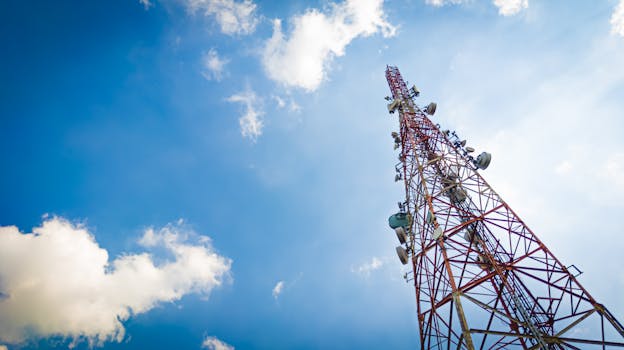Exploring the World of GEO Satellites: Revolutionizing Global Communications

GEO Satellites: The Backbone of Global Communications
GEO satellites, or Geostationary Earth Orbit satellites, have been a crucial part of global communications for decades. These satellites orbit the Earth at an altitude of approximately 36,000 kilometers, remaining stationary above a fixed point on the equator. This unique position allows GEO satellites to provide continuous coverage of a specific region, making them ideal for a wide range of applications, including telecommunications, television broadcasting, and navigation systems.
At the beginning of the GEO satellites era, the primary focus was on providing basic telecommunications services, such as voice and data transmission. However, with advancements in technology, GEO satellites have evolved to support a broader range of services, including high-speed internet, mobile connectivity, and even remote sensing. Today, GEO satellites play a vital role in connecting people and communities around the world, enabling global communication, commerce, and innovation.
The Benefits of GEO Satellites
One of the primary benefits of GEO satellites is their ability to provide high-speed internet access to remote and underserved communities. By beaming internet signals to these areas, GEO satellites can help bridge the digital divide, enabling people to access vital information, education, and economic opportunities. Additionally, GEO satellites support critical infrastructure, such as emergency response systems, weather forecasting, and navigation systems, which rely on the continuous availability of satellite communications.
GEO satellites also enable global television broadcasting, allowing people to access a wide range of channels and programming from around the world. This has helped to promote cultural exchange, education, and entertainment, breaking down geographical barriers and fostering global understanding. Furthermore, GEO satellites support the development of emerging technologies, such as the Internet of Things (IoT), which relies on satellite connectivity to enable machine-to-machine communication and data exchange.
The Future of GEO Satellites
As technology continues to advance, the future of GEO satellites looks bright. Next-generation GEO satellites will offer even higher speeds, greater capacity, and improved flexibility, enabling a wider range of applications and services. The development of new satellite constellations, such as OneWeb and SpaceX’s Starlink, will provide global coverage and unprecedented levels of connectivity, supporting the growth of emerging technologies and innovative applications.
However, the increasing demand for satellite communications also poses challenges, such as congestion and interference in the radio frequency spectrum. To address these challenges, the satellite industry is working to develop new technologies and standards, such as beam-hopping and adaptive modulation, which will enable more efficient use of the spectrum and improved performance.
Conclusion
In conclusion, GEO satellites have revolutionized global communications, providing high-speed internet, television broadcasting, and navigation systems. As technology continues to evolve, the future of GEO satellites looks promising, with next-generation satellites offering even higher speeds, greater capacity, and improved flexibility. As the demand for satellite communications continues to grow, it is essential to address the challenges posed by congestion and interference, ensuring that GEO satellites remain a vital part of modern society.
